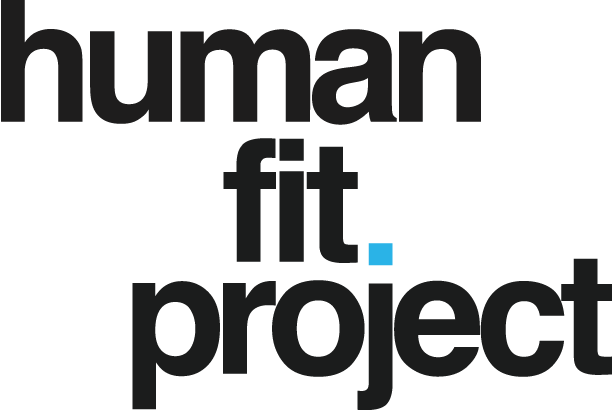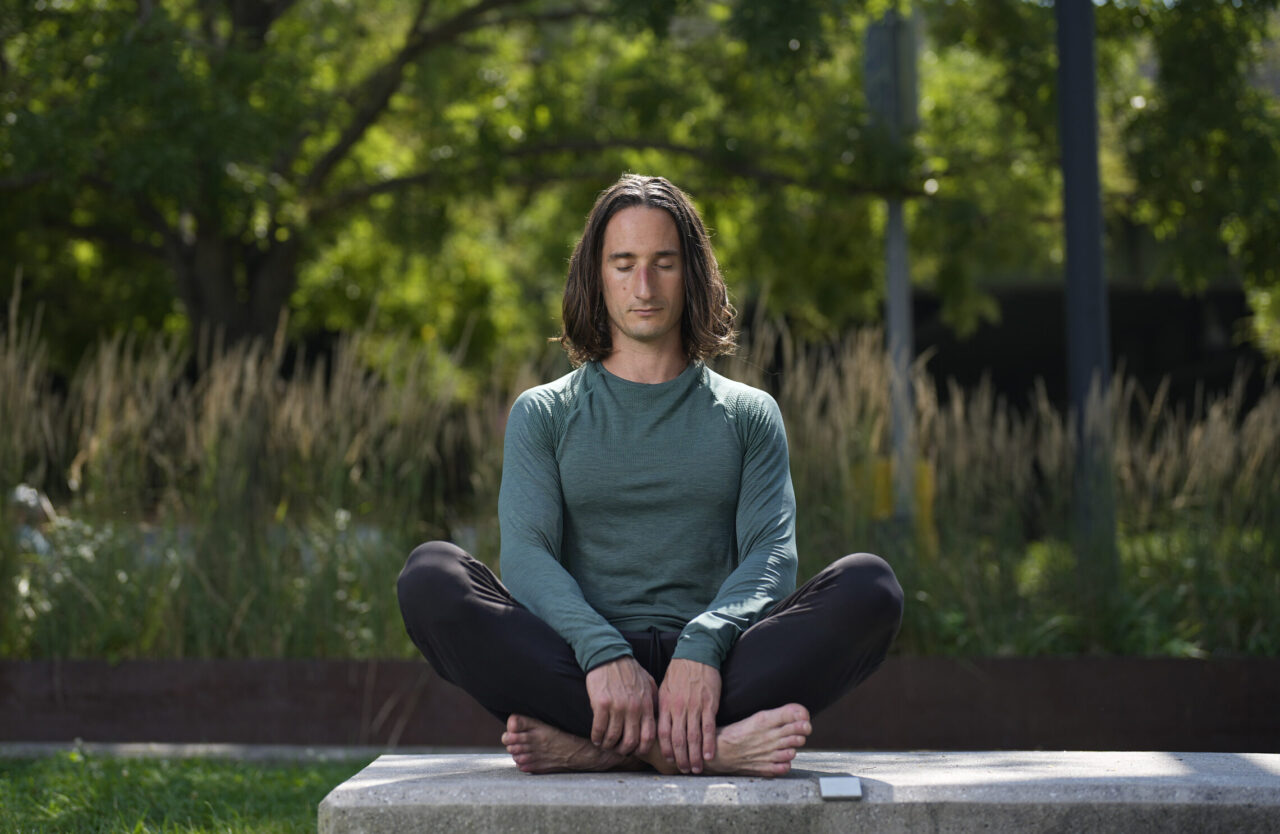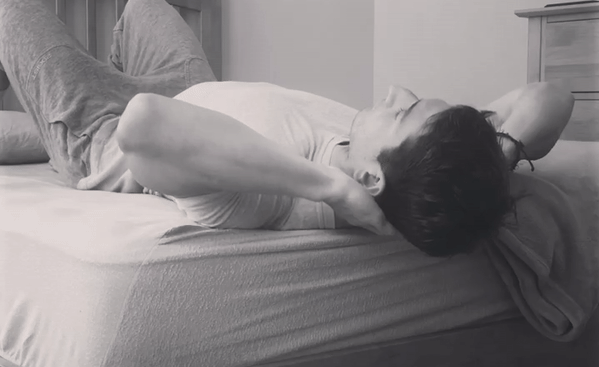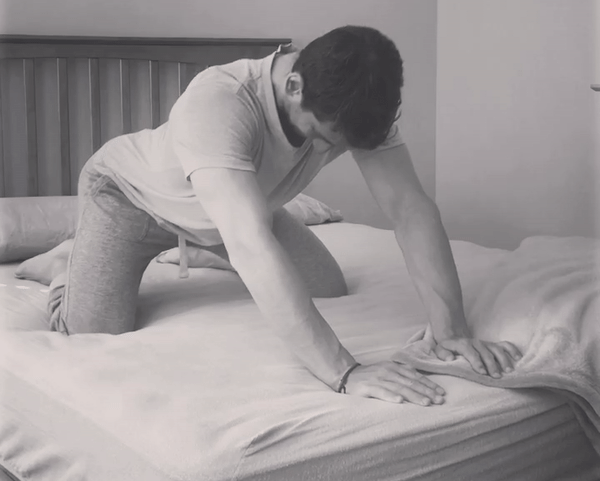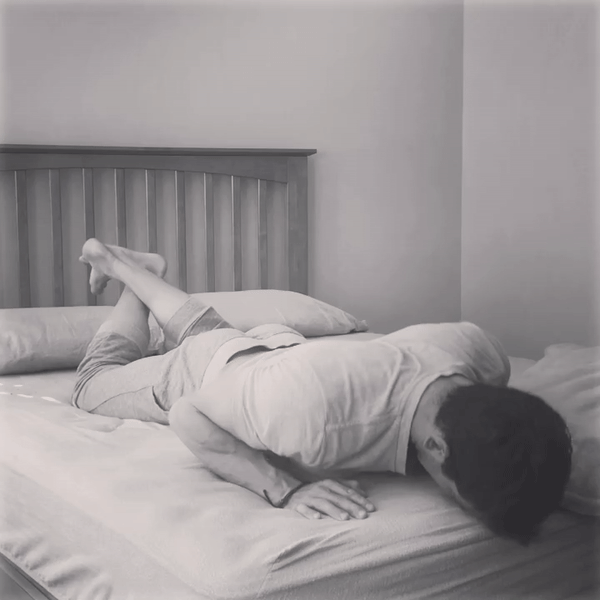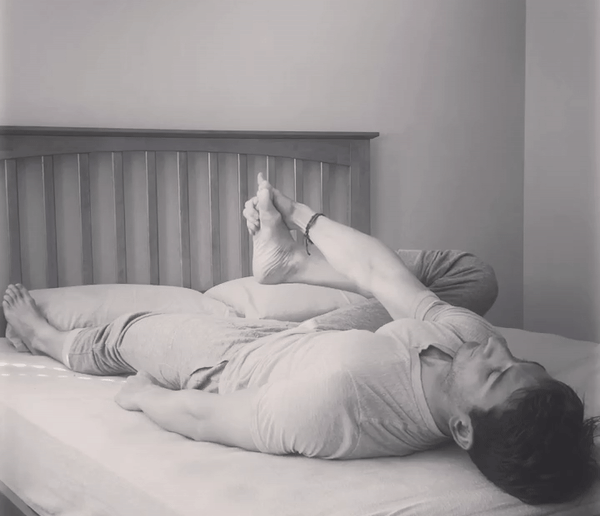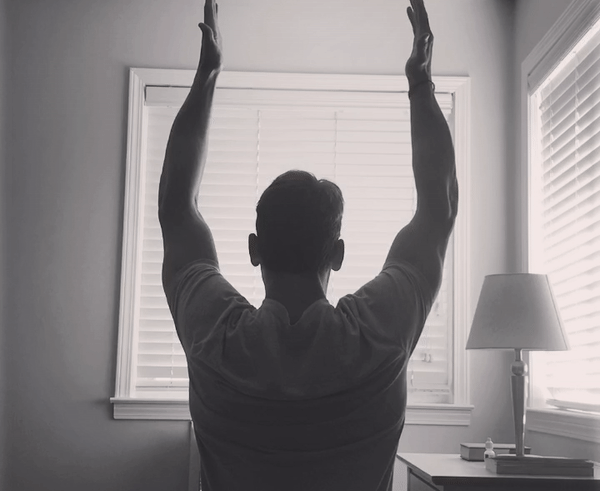Breathwork practice has experienced a surge in popularity as more and more people turn to it to manage stress, and improve mental and physical health.
We’ve been using different breakwork practices, more specifically, apnea training as a “replacement” for traditional meditation.
Related: The brain & body performance protocol
Breathwork practices are gaining popularity due to a growing awareness of the many benefits it offers, including reducing anxiety and depression, boosting the immune system, and increasing energy levels. Starting a breathwork practice is simple, easy, and is for anyone interested in holistic health and wellness. It’s worth exploring and sticking to.
5 Breathwork Practices We Like
1. Alternate Nostril Breathing (Anulom Vilom)
- Sit comfortably with your back straight and eyes closed
- Use your right thumb to close your right nostril and breathe deeply in through your left nostril
- Close your left nostril with your ring finger and release your thumb from your right nostril, then exhale through your right nostril
- Breathe in through your right nostril, close it with your thumb, and exhale through your left nostril
- Repeat for several minutes, alternating nostrils with each inhale and exhale
2. Box Breathing
- Sit comfortably with your back straight and eyes closed
- Inhale for a count of 4, hold your breath for a count of 4
- Exhale for a count of 4, hold your breath for a count of 4
- Repeat for several minutes
3. The 4-7-8 Breath (also known as the Relaxing Breath)
- Sit comfortably with your back straight and eyes closed
- Place the tip of your tongue against the roof of your mouth, just behind your front teeth
- Exhale completely through your mouth
- Close your mouth and inhale silently through your nose to a count of 4
- Hold your breath for a count of 7
- Exhale completely through your mouth to a count of 8
- Repeat for several cycles
4. The Wim Hof Method
- Stand or sit in a comfortable position with your eyes closed
- Take 30 deep breaths in succession, inhaling and exhaling as deeply and as rapidly as you can
- After the 30 breaths, hold your breath for as long as you can
- Exhale and take a deep inhale, then exhale completely and hold your breath for as long as you can
- Repeat for several cycles
5. Apnea Training (O2 and CO2 tables)
Apnea training is a form of breath control and endurance training mostly used by divers , freedivers, and surfers (myself included) to improve underwater performance and safety. The goal of apnea training is to help you increase oxygen efficiency and develop the mental and physical control required to hold your breath underwater. Apnea involves the use of oxygen and carbon dioxide tables to simulate the effects of diving or being underwater. We suggest using the STAmina Apnea Trainer app for guided sessions.
The Science of Breathwork Practices
A study published in the International Journal of Yoga in 2014 found that alternate nostril breathing had a positive impact on autonomic functions and stress levels, and it reduced cortisol levels in the participants. This study suggests that alternate nostril breathing may be a useful tool in managing stress and improving overall health.
A randomized controlled trial was published in the Journal of Evidence-Based Complementary & Alternative Medicine in 2019 around box breathing. This study found that practicing box breathing had a significant impact on reducing symptoms of stress, anxiety, and depression in the participants. The study suggests that box breathing may be a useful tool in managing mental health and reducing stress.
A study around 4-7-8 breathing and it’s effect on heart rate variability and perceived stress was published in the Journal of Alternative and Complementary Medicine in 2016. This study found that practicing the 4-7-8 breathing technique had a positive impact on heart rate variability and perceived stress in the participants. The study suggests that the 4-7-8 breathing technique may be a useful tool in managing stress and improving physiological markers of stress.
A study about the Wim Hof Method was published in the journal Frontiers in Human Neuroscience in 2018. This study found that practicing the Wim Hof Method had a positive impact on psychological and cognitive performance, as well as stress resistance, in the participants. The study suggests that the Wim Hof Method may be a useful tool in improving overall mental and cognitive functioning and in reducing stress.
A study on the effects of apnea training on stress and cortisol levels in triathletes was published in the Journal of Sports Science and Medicine in 2019. This study found that apnea training had a positive impact on stress and cortisol levels in triathletes. The study suggests that apnea training may be a useful tool in managing stress and improving overall health.
How We Suggest Creating a Breathwork Practice
Breathwork practices are a popular trends that we don’t see slowing down because the science behind them are so strong and it has been shown to have a wide range of benefits.
With so many different breathwork practices to choose from, it can be tempting to try them all, but it’s important to remember that consistency is key. Instead of trying to do everything at once, pick one practice that you enjoy and that resonates with you, and make it a daily habit. Schedule time in your calendar every day for your breathwork practice, and stick to it as you would with any other important appointment. By making breathwork a part of your daily routine, you’ll see the greatest benefits over time.
